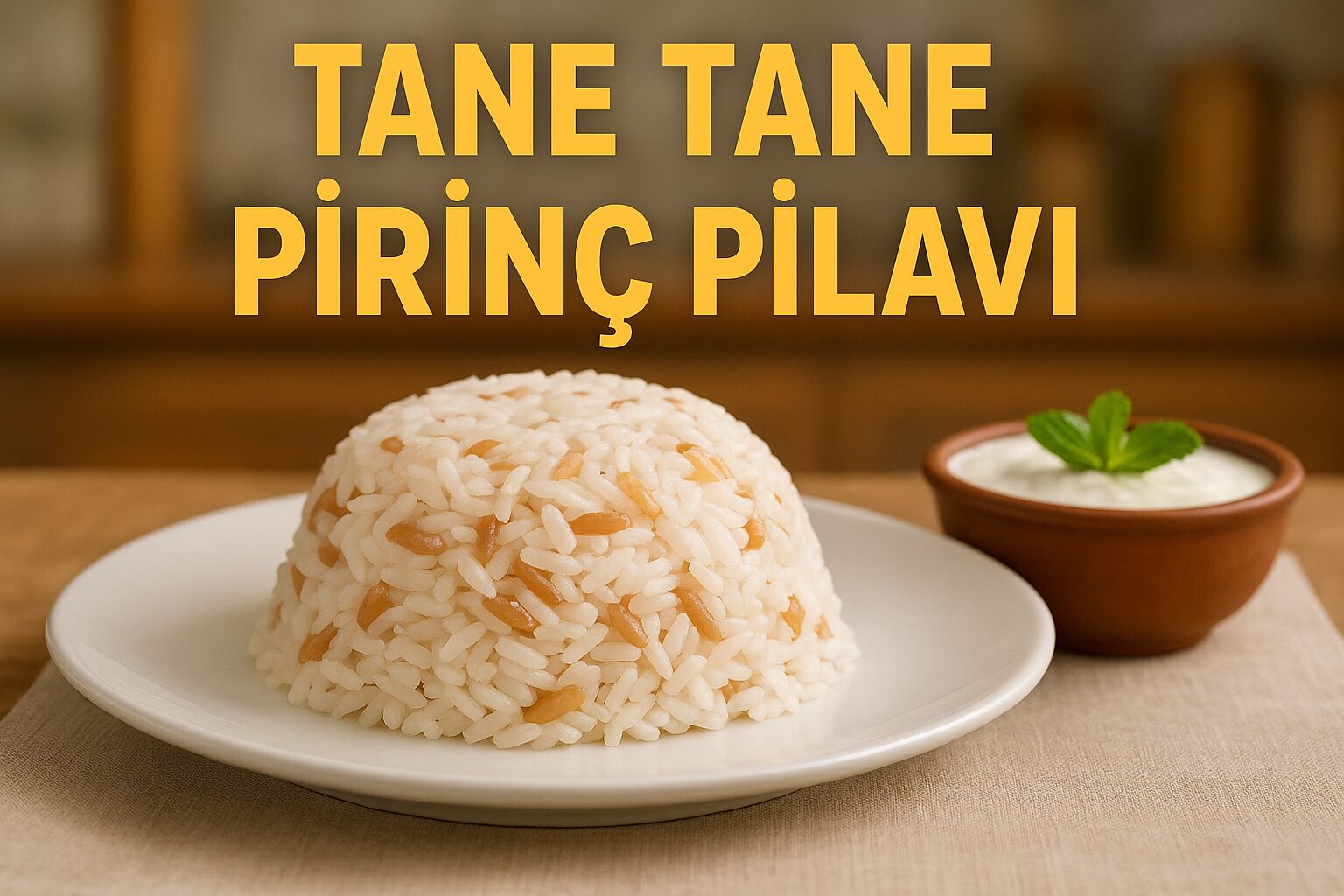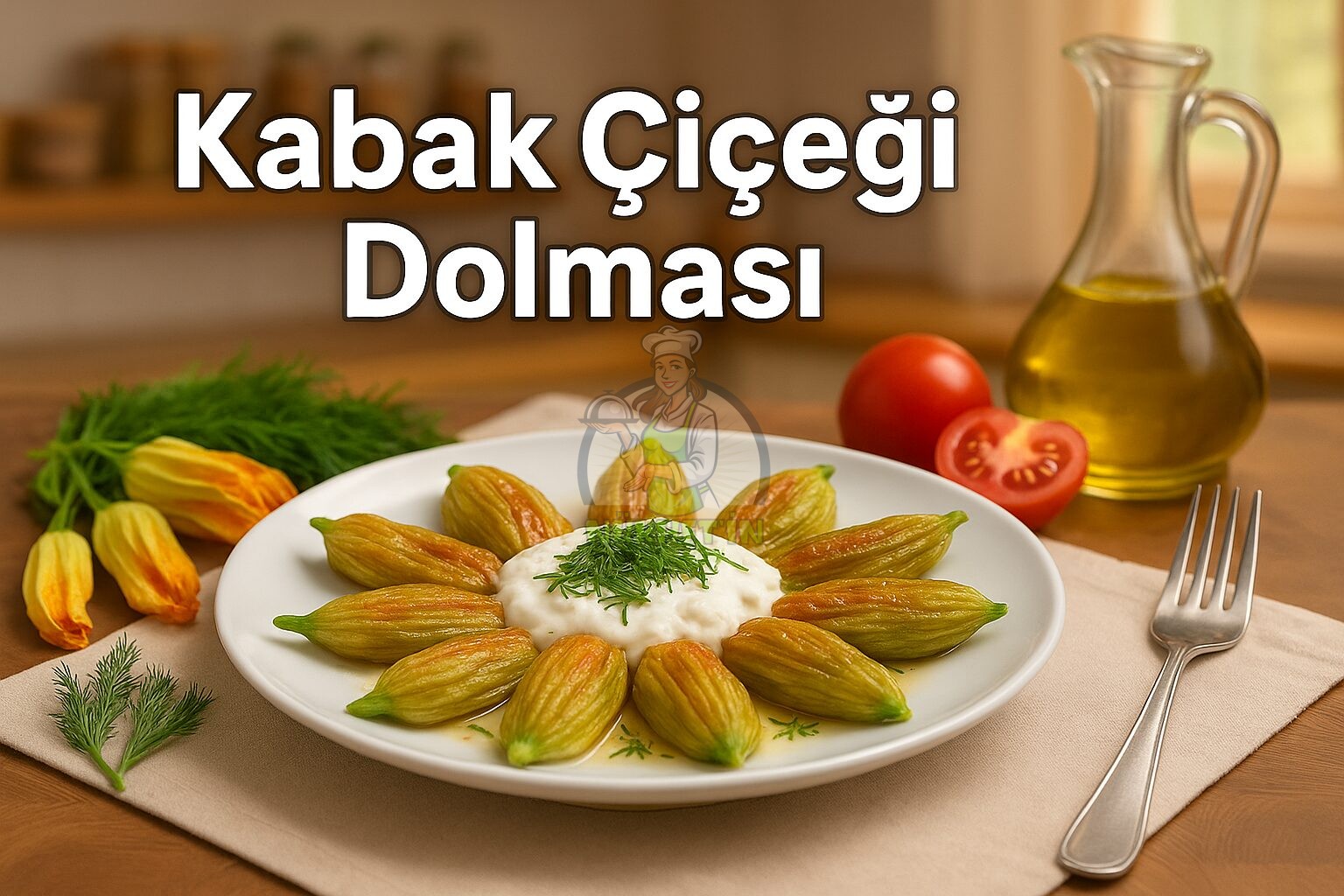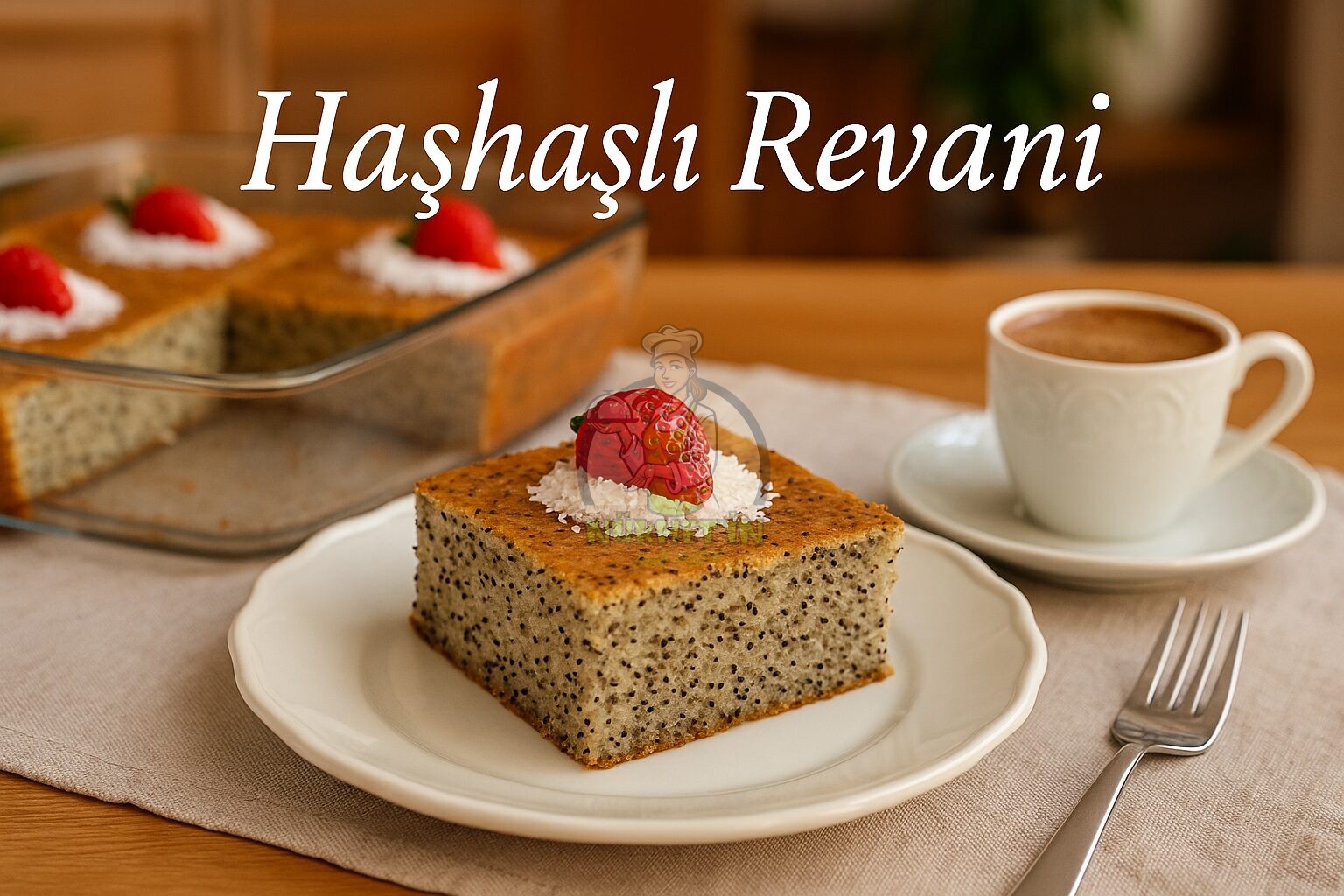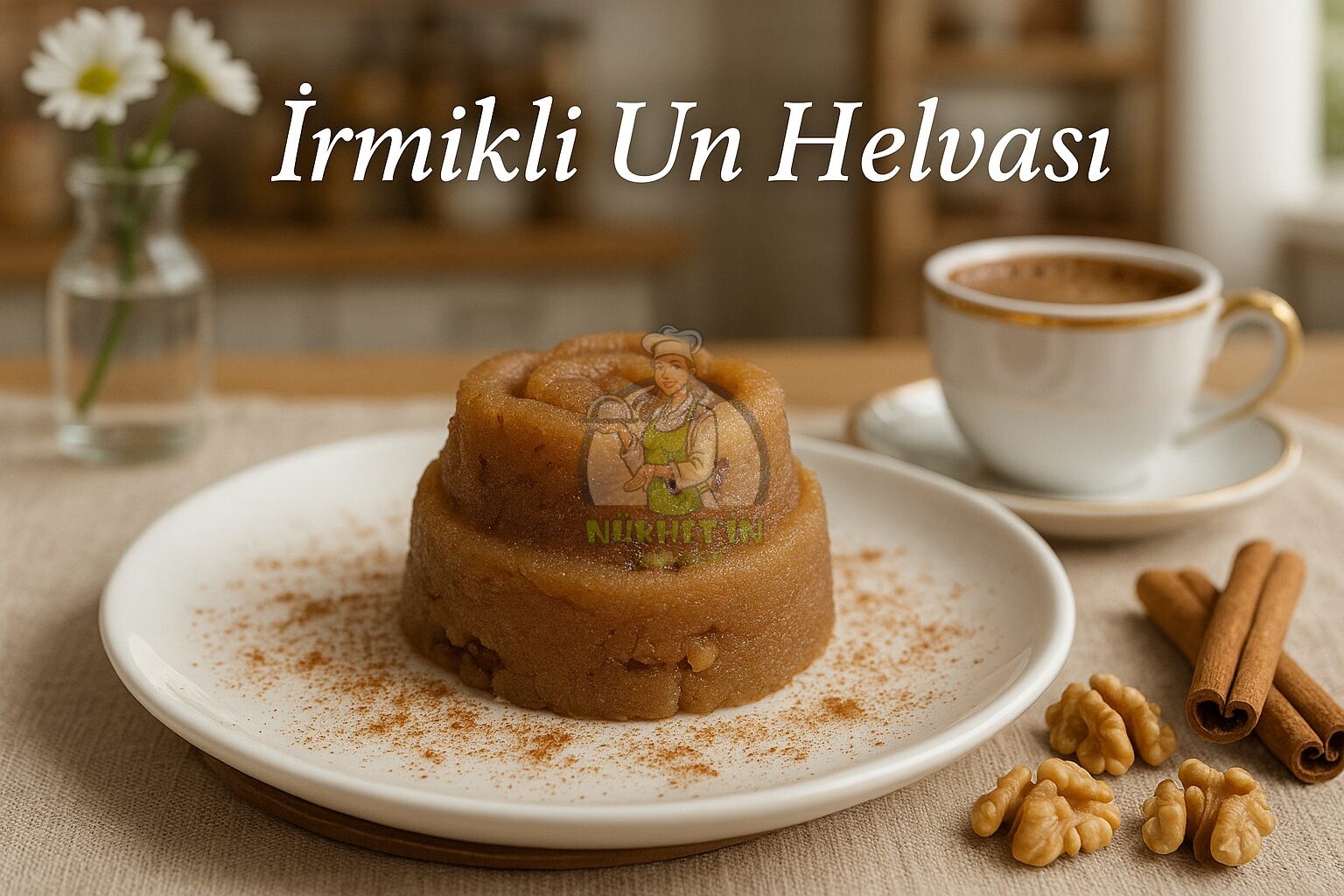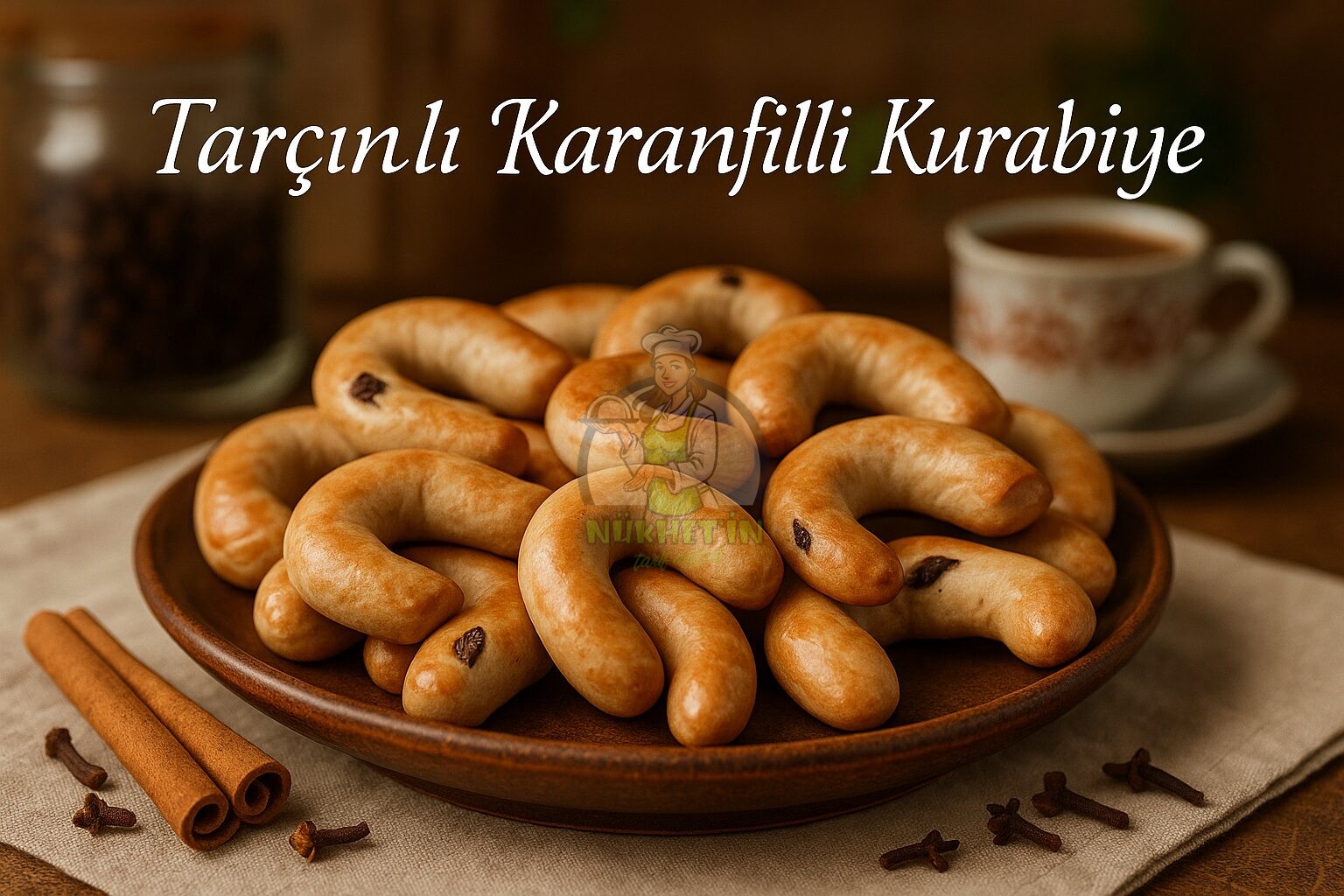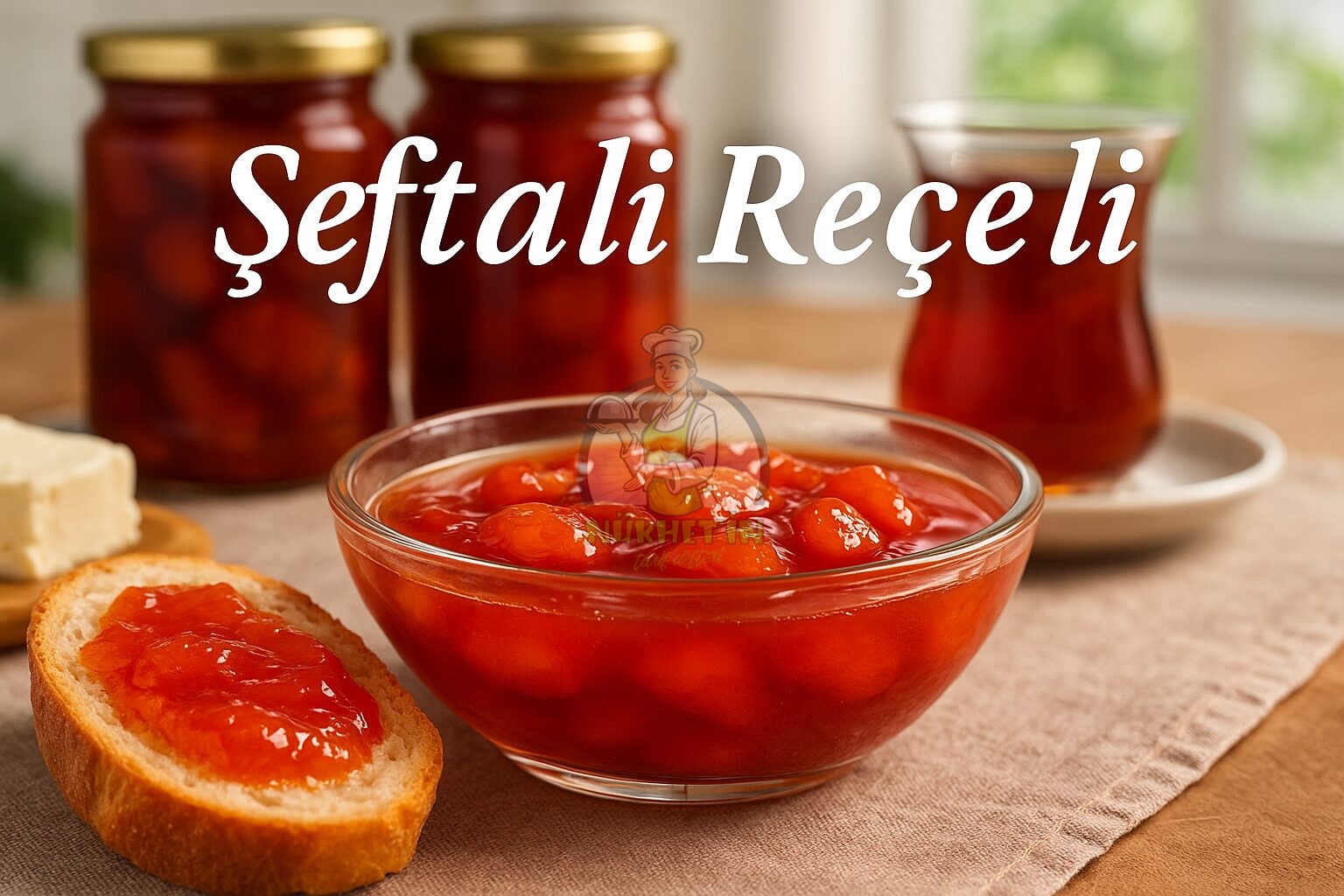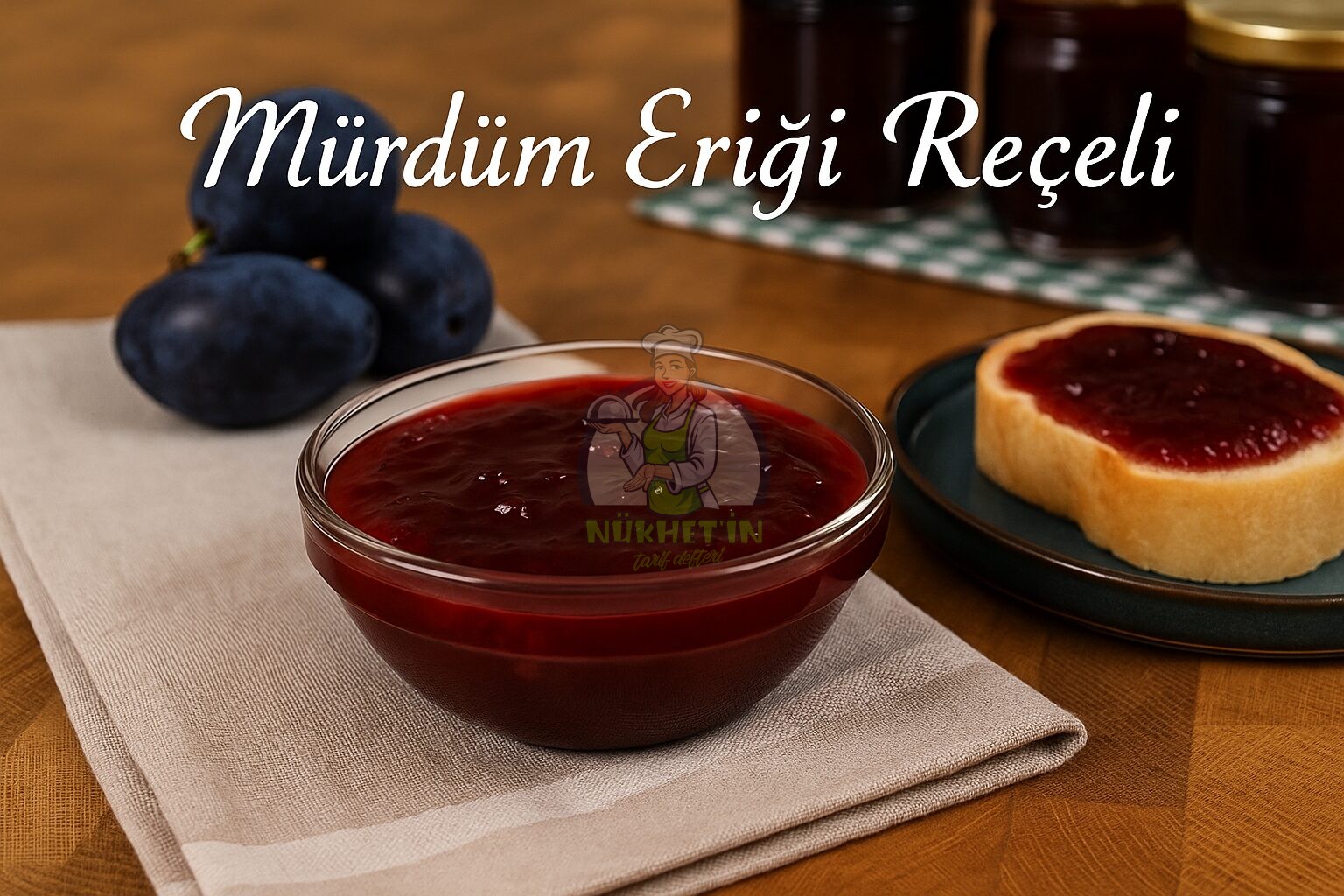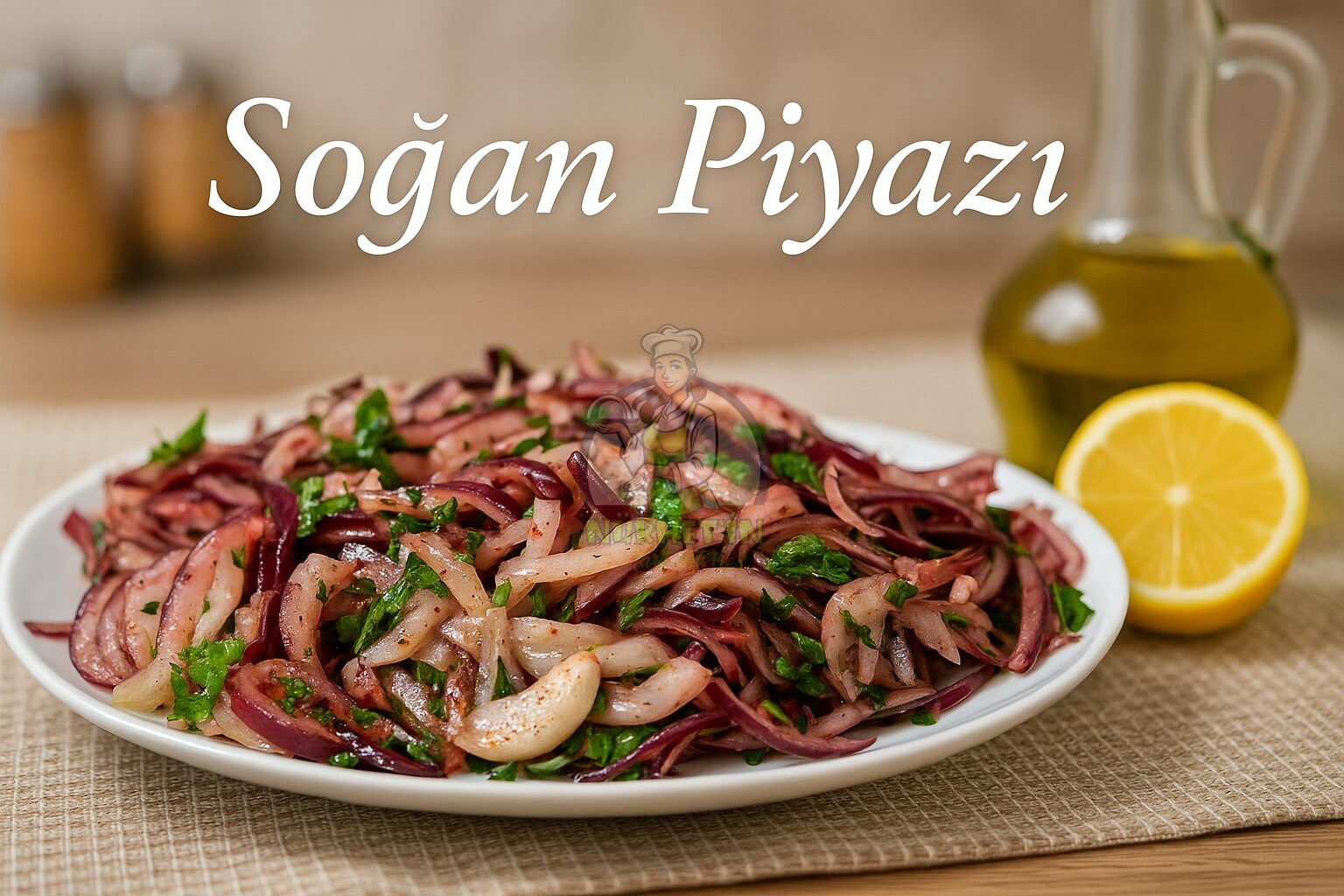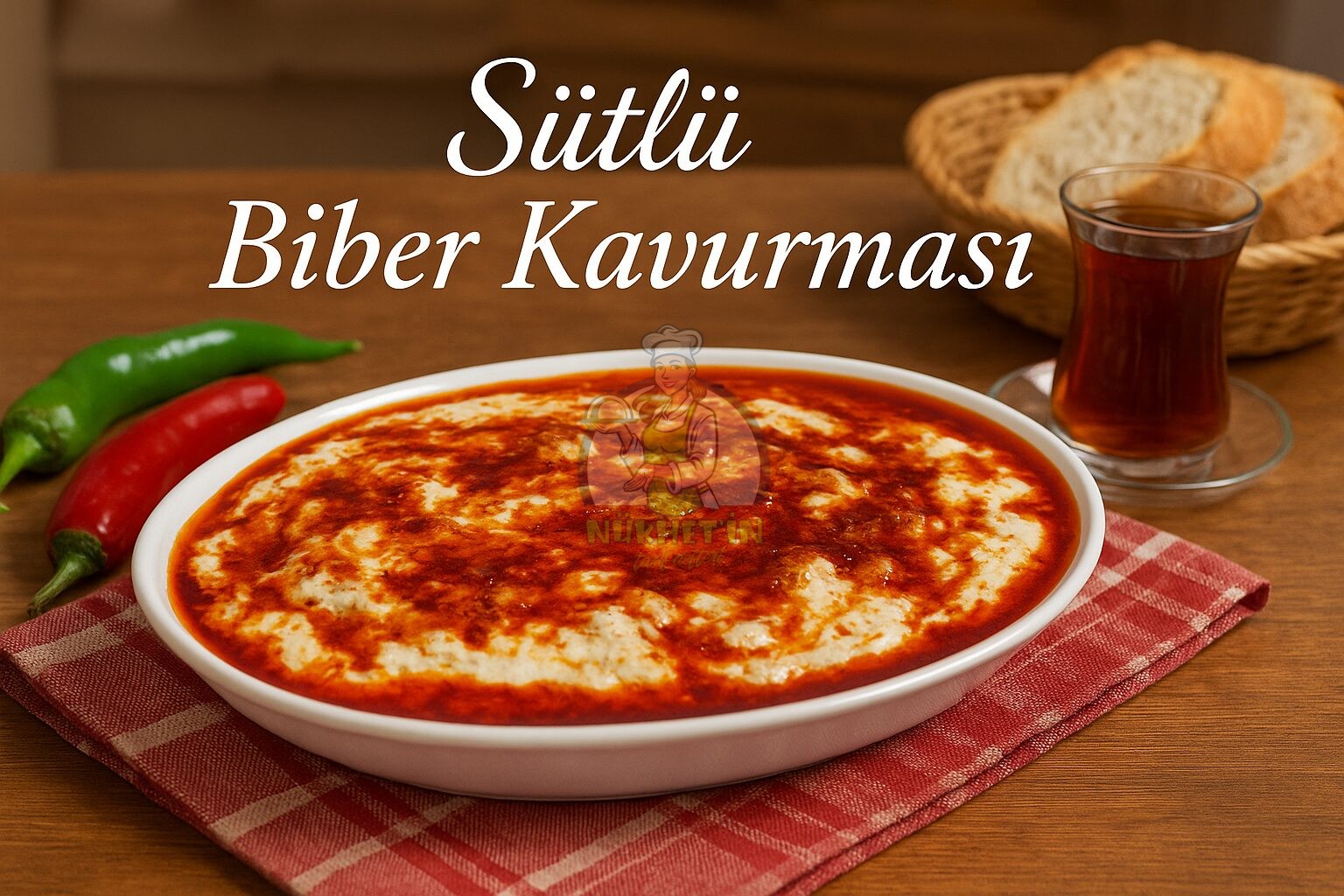How to make meaty beans?
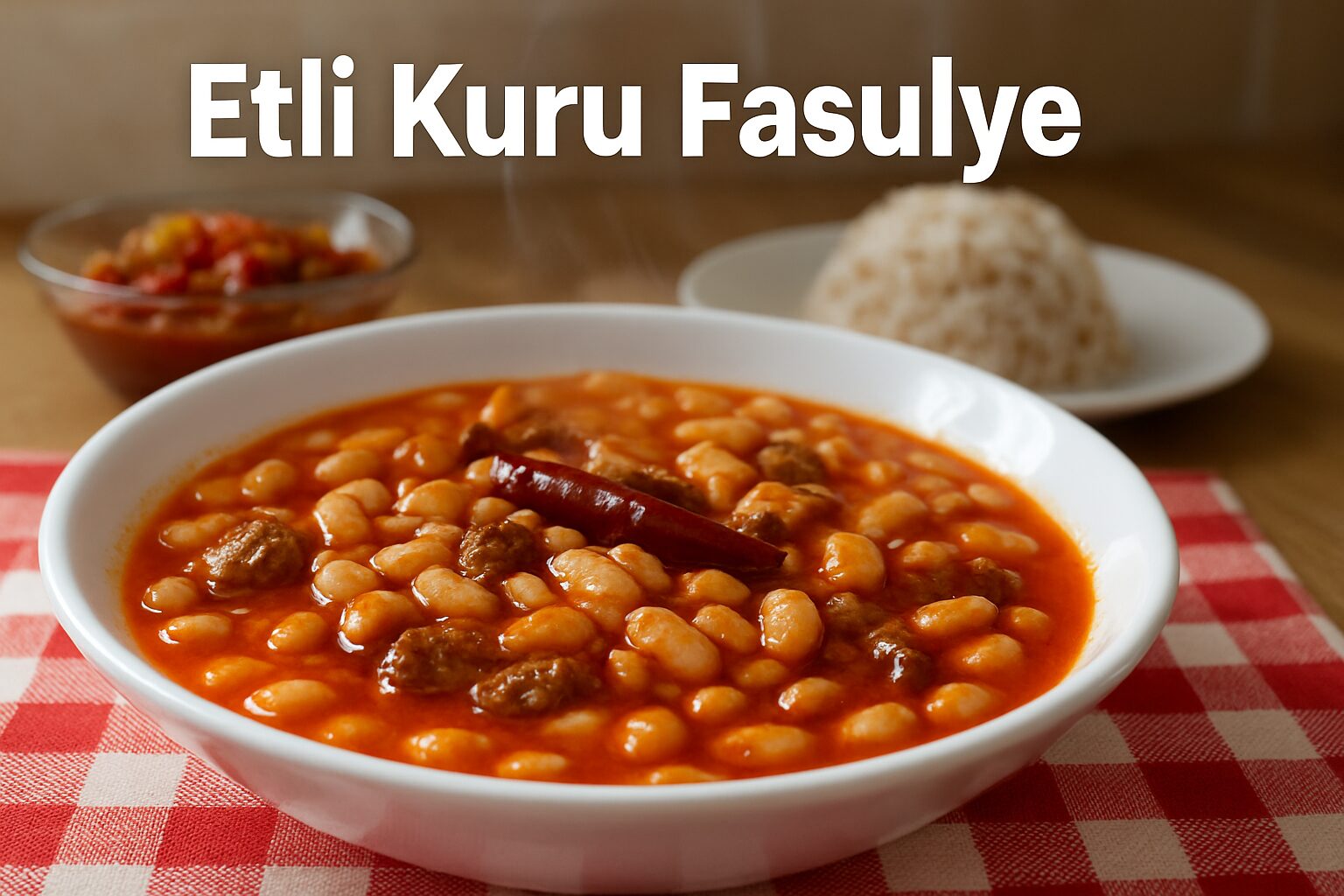
Introduction: home temperature of dry beans
Dry beans are one of the most familiar, sincere and missed home meals of Turkish cuisine. While a pot of dried beans are boiling, that smell of tomatoes, onions and butter that spreads to the kitchen has a high power to bring the family table together. The dry beans, which are prepared in the restaurant style, offer a breaded consistency with the right cooking times and balanced sauce. You can also adapt the same basic technique to different tastes by preparing dried beans with meat, bacon or completely herbal. At the core of dry beans lies a deep flavor, which is reached by plain material and the right method. For this reason, the spirit of the recipe is to keep the inside of the beans creamy without bursting the shell and to feed the sauce into one-on-one beans. When you take it to the plate, it is aimed that each grain is bright and the sauce is fluid but dense.
Dry beans are the star of shopkeepers as well as home kitchens. When combined with rice in between at noon, it turns into a practical but satisfying main course. Among the companions, onions, pickles and ayran are in the first place; when served with bread, the sauce is given. Although its pain, oil and consistency change in different regions, the heart of the "dry" is always loyal to the familiar taste that is remembered. In this article, we present a comprehensive framework from the historical background of dry beans to service recommendations, from variations to nutritional evaluation.
History & Background
Dry beans entered Ottoman cuisine with the spread of the bean plant from the Americas to the Old World, and over time it was widely accepted in the Anatolian geography. Dried legumes, which have become widespread in Europe and the Mediterranean basin since the 16th century, have become one of the main pillars of folk cuisines thanks to their economic and nutritiousness. In Turkish cuisine, it has gained a special place among pot dishes by cooking with ingredients such as butter, onions, tomatoes and tomato paste. The records of the pulpits are seen in the records of the palace cuisine; the shops of the shops have carried this heritage into daily life.
Today, the "dry bean-pilaf" duo is considered an iconic meal in the city culture. Regional differences add character to the food: While fleshy and spicy versions stand out in Eastern Anatolia, the consistency is kept more intense in Central Anatolia. The aroma of butter is made clear in the Black Sea; the freshness of olive oil is preferred in the Aegean. In addition, bacon dry beans have a deep-rooted popularity in and around Kayseri. Technical details such as pre-cooking, soaking and separating sauces reflect the refined aspects of the dish throughout history. In short, dried beans are not just a meal, but the expression of cultural continuity at the table. For more information Wikipedia You can check the page.
Serving Suggestions & Variations
The purpose of dry bean service is to maintain the harmony of consistency and companions. When the grain texture of the rice and the creamy inside of the beans come together, a balanced plate emerges. It is recommended to add raw onions, seasonal salad and less spicy pickles to it. If you want to offer a variety to the table, a light soup at the beginning provides a nice transition; for example Lentil Soup (Mercimek Çorbası) With the menu you can make a warm opening to the menu. If you are looking for an accompaniment that highlights the fermented notes on the pickle side Spicy Pickled Peppers with Tomatoes (Domatesli Acı Biber Turşusu Recipe) It is a compatible option. Soft inner texture to enrich the table in bread preference Homemade Pita Bread (Pita Ekmeği) It can also be a good side.
As for the variations; Bean with meat You can add depth with cubed beef for the sauce, enrich the sauce with the juice of the meat. Buckwheat beansIts appetite with its characteristic spicy aroma; bacon is added to the food at the final stage, making it a contributing without losing its scent. Vegetarian version A multi-layered flavor can be obtained for quality olive oil, plenty of onions, peppers and tomatoes. PAIN LOVERS can control heat with isot, paprika or fresh green pepper; Smoky notes For you can try roasted peppers or a small amount of smoked salt. On the consistency side, it is preferable to add a short amount of hot water to a shorter rest on low heat at the end of cooking, and to add a small amount of hot water for a more fluid sauce.
Health & Nutrition Evaluation
Dry beans are a powerful source of vegetable protein and dietary fiber. Fiber content supports the digestive system while prolonging the feeling of satiety. Magnesium naturally presents micronutrients such as folate and iron. The meatless version helps to meet some of the essential protein needs in vegetarian and even vegan diets. The meaty or bacon version requires attention to the fat and sodium balance when increasing the amount of protein. Keeping the salt level in control and consuming enough water is especially important when served with high sodium content such as pickles. Since the glycemic load can be increased with rice, portion control and balancing with salad/fresh greens are recommended.
Closing
Dry beans are a classic that brings peace and satisfaction to the table in all conditions. As the method you apply sits down, you can create your “signature” dry beans with small settings that suit your taste. Whether it is a practical meal on weekdays or as a meticulous main course for the guest, it turns into a feast with a pickle, a salad and a well-cooked rice. Now go to the kitchen, choose your pot; it's up to you to catch the consistency and share the hot plates with your loved ones. Bon appetit!
Frequently Asked Questions (FAQ)
- Which bean type is better with dry beans? Dermason, İspir or local white beans can be preferred; you can choose according to the consistency and aroma you are looking for.
- Is it meaty, bacon or meatless? It all depends on your taste. Meat adds to the body; bacon provides a spicy depth, while the meatless-vegetable version offers a light and herbal profile.
- What should I serve with dry beans? Classic accompaniments are rice, onions, pickles and ayran. alternatively Spicy Pickled Peppers with Tomatoes (Domatesli Acı Biber Turşusu Recipe) and for the start Lentil Soup (Mercimek Çorbası) recommended
- What would you recommend for spicy dry beans? Isot, short roast with paprika or fresh green pepper with sauce deepens the pain, adding in the final stage gives a fresh burning.
- Is it better with bread or rice? Both offer a different pleasure. Bread banmak sauce highlights the sauce, while rice completes the consistency and saturation. alternatively Homemade Pita Bread (Pita Ekmeği) You can make a stylish presentation with
Ingredients
- 500 g of beef cubed
- 3 cups of dried beans
- 2 tablespoons of olive oil
- 2 tablespoons of butter
- 1 onion
- 1 tablespoon tomato paste
- 1 tablespoon of pepper paste
- 2 tablespoons grated tomatoes
- 1 teaspoon salt
- 1 teaspoon black pepper
- ½ teaspoon of cumin
- 3 dried hot peppers
- enough water
Preparation time ⏱️
- Preparation time: 60 min.
- Cooking time: 60 min.
- Portion: 8
Recipe
- Wash the dry beans and put them in the pot.
- Add enough water to cover 2 fingers and boil for 25 minutes.
- Add 2 glasses of cold water and remove the pot from the stove.
- Leave for 1 hour.
- Pour olive oil into the pot and heat it.
- Add meat. Fry the meat until it absorbs the water.
- Chop the onion for cooking and fry it.
- Add the tomato paste and fry.
- Drain the beans and add them.
- Add the butter and spices and mix.
- Add enough water to cover 3 fingers and cook.
